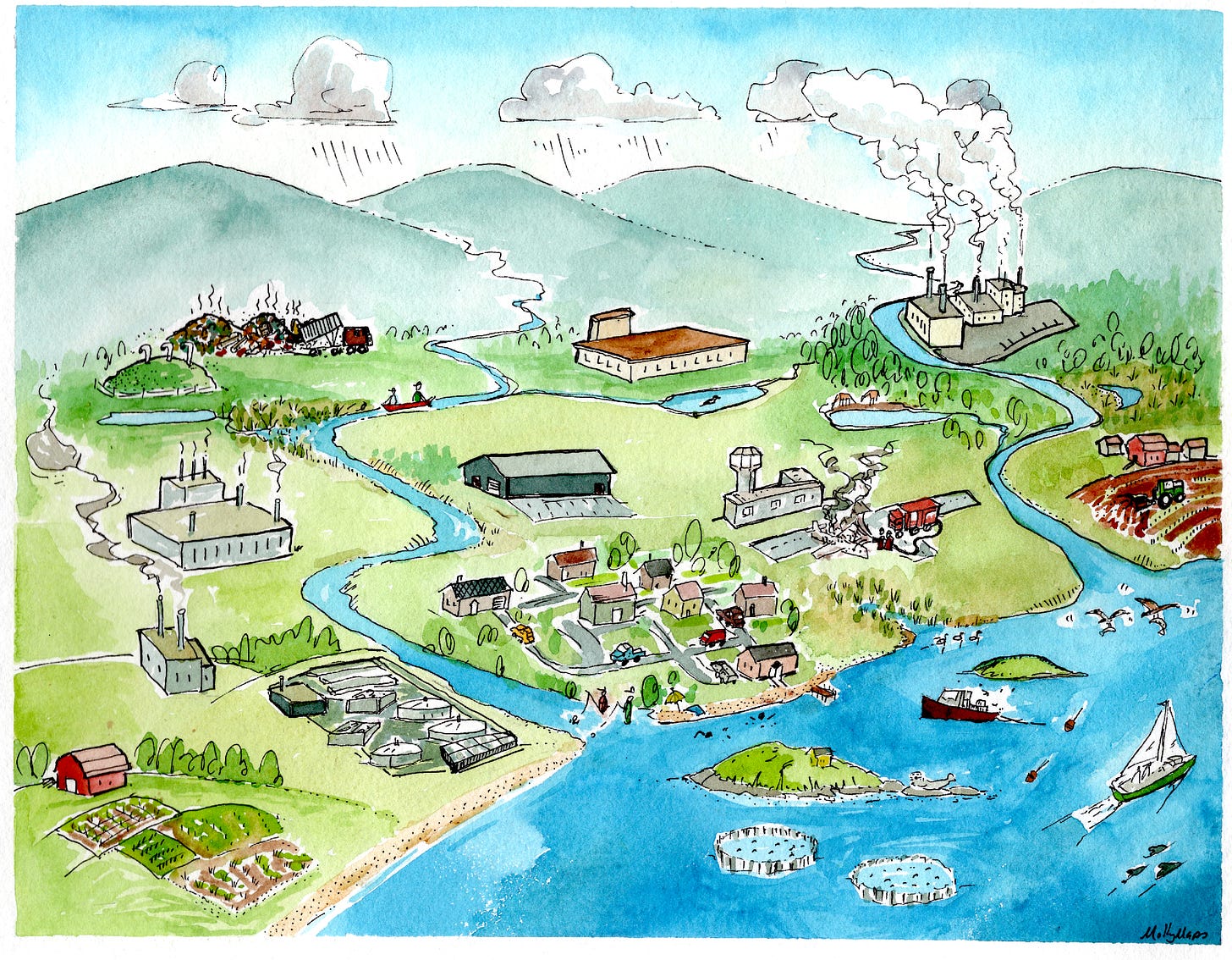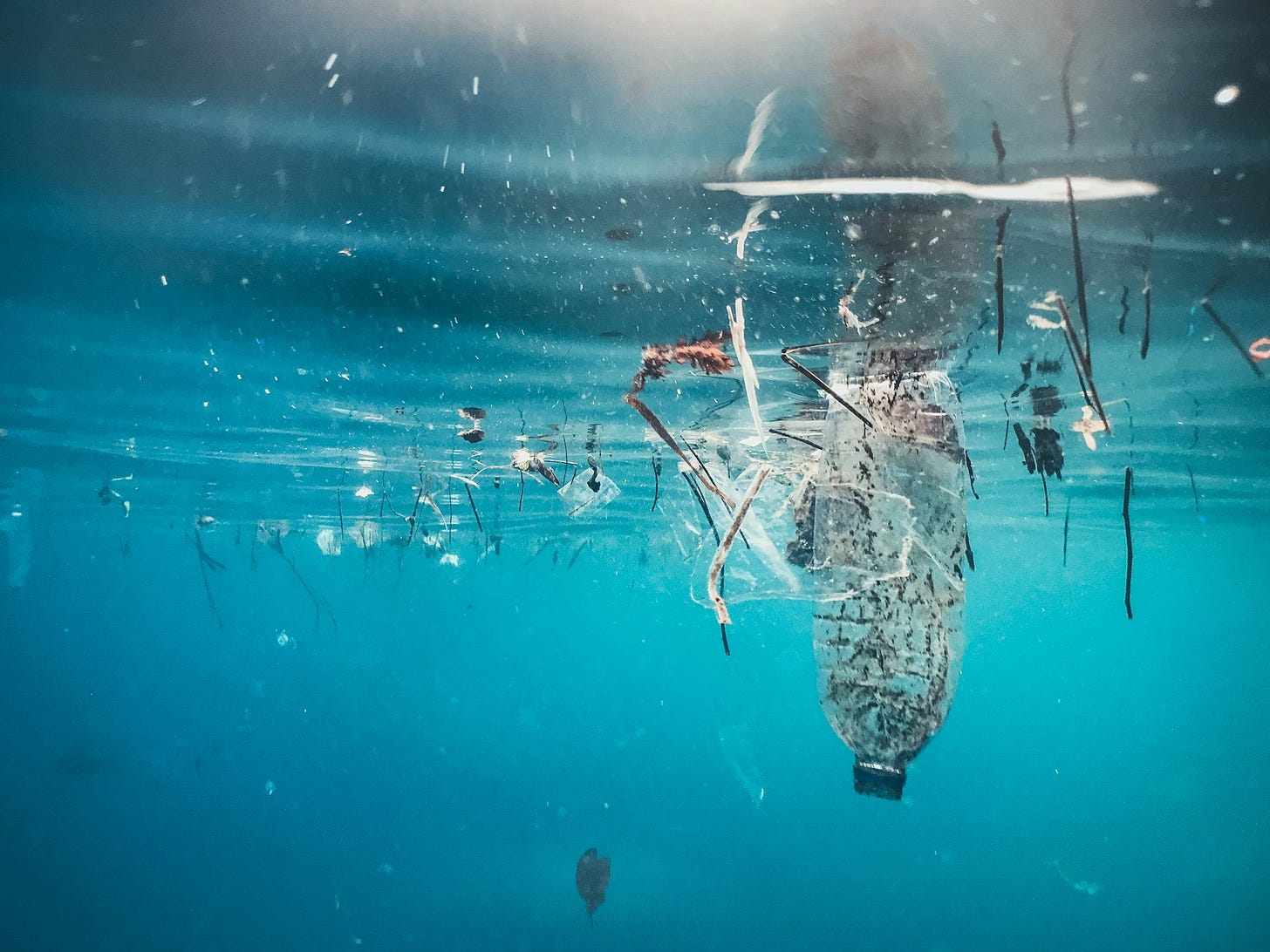Among many striking observations I’ve heard from those affected by per- and polyfluoroalkyl substances (PFAS), one from a farmer who had to abandon his contaminated land and home stands out: “I am unlucky that this happened to me,” Adam Nordell observed, “but I am lucky since it did that it happened in Maine.”
Farmers and consumers in Maine are indeed fortunate that the state has mobilized a concerted PFAS response, investing more than $200 million to date—much of it spent working to ensure that local foods are not laced with these persistent chemicals. But public health should not be a matter of geographic good fortune: every American deserves access to a clean environment.
Thirty states have now adopted measures related to PFAS while 22 have set standards to control these chemicals in drinking water. For residents of other states, the only protection from PFAS may come—if there is no regulatory rollback—when the U.S. Environmental Protection Agency’s (EPA’s) new federal maximum contaminant levels for six PFAS in drinking water take full effect in 2029.
In some settings, residents cannot even get basic information on PFAS from their state agencies: a recent analysis by the PFAS Project Lab found that four states still don’t mention PFAS on their websites. Roughly a dozen states have failed to post updated information about the EPA’s drinking water guidance.
The EPA has not yet taken action to prevent contamination from PFAS-laden sludge, and for states like Maine and Connecticut that have banned this practice, local action is only a partial fix. A recent study of food consumption patterns in New England states found that 96 percent of the food Mainers buy comes from outside the state or region. Without action by the EPA, residents across the U.S. are at risk of consuming tainted foods. Nationwide, 31 percent of the PFAS-laden sewage sludge generated is still applied to agricultural lands.
Nor can states fully protect residents from PFAS in drinking water. Global concerns are growing about TFA (trifluoroacetic acid), a fluorinated compound from pesticides, pharmaceuticals and refrigerants that now appears in many drinking water supplies (and resists current means of treatment). States can’t easily test for this compound because it’s not on the federally certified testing protocol (the EPA does not define TFA as a PFAS). While acknowledging that there are no safe levels of certain PFAS, the agency defines each compound on a “case-by-case” basis, with no consistency, even among its own internal programs.
Lack of federal action leaves states unable to fully shelter their residents from persistent chemicals still in widespread production. And now, the future of federal support is in jeopardy. Project 2025, the blueprint for the incoming administration, proposes to deregulate PFAS—reversing recent measures enacted to recognize two PFAS as hazardous substances and to protect drinking water from these pernicious chemicals.
Research: The Perplexing World of PFAS Precursors

Beyond the sheer number of PFAS (nearly 15,000 distinct compounds), there’s another factor that complicates research and understanding of these synthetic chemicals. Many of them can break down into different PFAS —in water, soils, waste streams and bodies.
The PFAS chemicals most prone to morphing into other forms, known as precursors, can change structure multiple times, first into smaller intermediate compounds and then into stable ‘terminal’ chemicals like PFOA (perfluorooctanoic acid) and PFOS (perfluorooctane sulfonic acid), two of the most studied and most problematic PFAS compounds. PFOA is a confirmed carcinogen and PFOS is a possible carcinogen.
These two “legacy” chemicals were produced for decades before being phased out by chemical manufacturers in the early 2000s, when evidence of their health risks became public (corporations had known of those risks for decades).
In contrast to legacy PFAS compounds, scientists still know little about the potential risks of most precursors. “We don’t have a lot of toxicity data because we don’t have the standards to accurately measure those chemicals,” says Heidi Pickard, a postdoctoral researcher in environmental chemistry at Harvard University who studies these poorly understood compounds.
Standard testing methods that EPA and state-certified labs use to test water or animal tissue for PFAS do not capture many of the precursor compounds present. Pickard recently co-authored a study that used four different methods to capture the breadth of PFAS present in fish downstream of a former military base on Cape Cod, a setting where PFAS-laden firefighting foam was used for decades.
One method that measures the total extractable organic fluorine helps to identify lesser known PFAS not captured by standard testing methods. Pickard and her colleagues found that nearly half of the PFAS found in fish tissue were PFAS precursors that wouldn’t typically register on the tests used to set health advisories for fish consumption. So even where such guidance for PFAS is issued (only about 17 states, as of last December), chances are it’s not protective enough.
Precursors are one reason that scientists are calling for regulators to treat PFAS as a chemical class (as many states are) rather than as isolated compounds (what the EPA does). PFAS are too numerous and too dynamic to effectively manage individually, and there can be added risks when they’re combined.
Once precursors are out in the world—in water, soils and bodies, we have no means to halt their transformation into compounds that are known hazards.
News of Note
Later this month negotiations will resume on the multi-year path toward a global plastics treaty. The U.S. announced in August that it does support a cut in plastic production, but that could change with a new administration.
The petrochemical industry still plans a huge expansion of plastic production, which it hopes to enshrine in a wide array of policy measures, as ProPublica recently described, including one that would prevent states from more strictly regulating the industry. The article noted that plastic manufacturers did not propose “any of the fixes that researchers have found would be most effective in curbing the plastics crisis: capping plastic production, limiting single-use plastic and removing toxic chemicals from plastic products.”
Instead, they’re seeking (ironically) federal support to use “plastic as a construction material, possibly for seawalls that protect communities from sea-level rise and storm surges.” Already the marine plastics problem has grown so severe that bottle-nosed dolphins are breathing in microplastics when they surface, which lodge in their lungs.
Good Resource
A new report by the International Chemical Secretariat (ChemSec), summarized in a 30-minute webinar, explains how ridding society of persistent chemicals can benefit businesses financially (especially given the mounting number of costly lawsuits).
Good Riddance
New research on chemicals in food packaging provides added motivation to seek out more products in glass containers (particularly acidic, fatty or oily foods). Among 14,000 chemicals known to be used in food packaging (including some PFAS), about a quarter have been found in some combination of human blood, hair or breast milk. Plastic packaging is likely the primary culprit, but recycled paperboard that includes non-food-grade inks can also be problematic. Popular Science spoke with the study authors who advise buying in bulk when possible (to minimize the plastic to food ratio) and storing food in glass or stainless steel containers.
Thanks for reading!






Thank you for this substack. I thought to share my inaugural substack entry on this, and I will link to this channel (which I would otherwise create).
https://substack.com/@polstjarna/note/c-112194028?utm_source=notes-share-action&r=5kb0fp
I think that Kennedy is playing politics with the known harms of PFAS to mothers and fetuses, for his own nefarious purposes. I consider his appointment to HHS Secretary to be a perverse attack on the American people. Seems to me, this administration has no interest in the environment or in the health of Americans.
My interest is in the biology and epidemiology of these exposures (also microplastics, Hg, As, Pb). I may create a repository of recent articles in biomedical journals. One thing is certain this guy will be a source of ongoing controversy and FOIA requests....which could be useful?